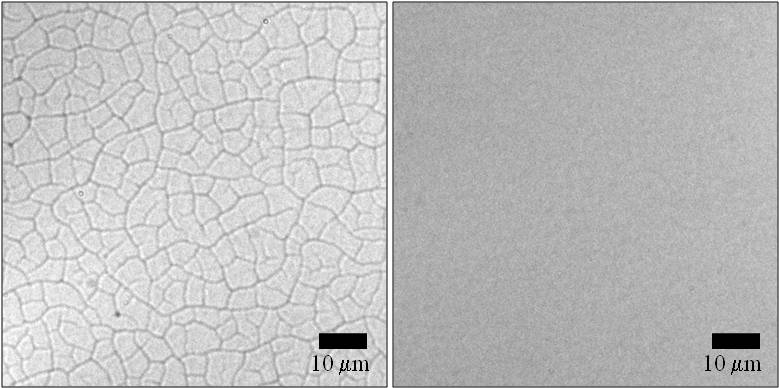The technique, developed by researchers at Pennsylvania University’s School of Engineering and Applied Science, will be particularly useful for coating electrodes.
Making uniform coatings is a common engineering challenge and, when working at the nanoscale, even the tiniest cracks or defects can be a big problem.
Notably, high-end devices, such as certain types of solar cells, have electrodes composed of nanoparticle films that conduct electrons, but cracks in the films act as insulators. Adding a binder to the films would only compound the problem since these binders are usually polymers, which are insulators.
The ubiquity of cracking in this context, however, means that researchers know the ‘critical cracking thickness’ for many materials. The breakthrough came when the Pennsylvania team tried making a film thinner than this threshold, then stacking the films together to make a composite of the desired thickness.
‘I was thinking about how, in the painting of buildings and homes, multiple coats are used,’ said study lead Jacob Prosser of Pennsylvania. ‘One reason for that is to avoid cracking and peeling. I thought it could work for these films as well, so I gave it a try.’

The method the researchers used to make the films is known as ‘spin coating’. A precise amount of the nanoparticle suspension — in this case, silica spheres in water — is spread over the target surface. The surface is then rapidly spun, causing centrifugal acceleration to thin the suspension over the surface in a uniform layer. The suspension then dries with continued rotation, causing the water to evaporate and leaving the silica spheres behind in a compacted arrangement.
But to make a second layer over this first, another drop of liquid suspension would need to be placed on the dried nanoparticles — something that would normally wash them away. However, the researchers were surprised when the dried layers remained intact after the process was repeated 13 times; the exact mechanism by which they remained stable is something of a mystery.
‘We believe that the nanoparticles are staying on the surface because covalent bonds are being formed between them, even though we’re not exposing them to high temperatures,’ said supervising professor Daeyeon Lee.




Nanogenerator consumes CO2 to generate electricity
Nice to see my my views being backed up by no less a figure than Sabine Hossenfelder https://youtu.be/QoJzs4fA4fo